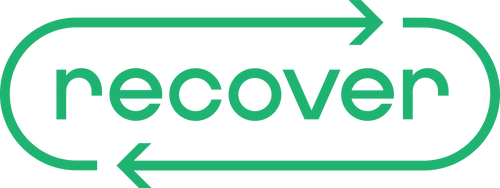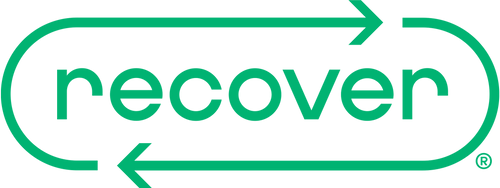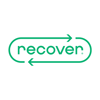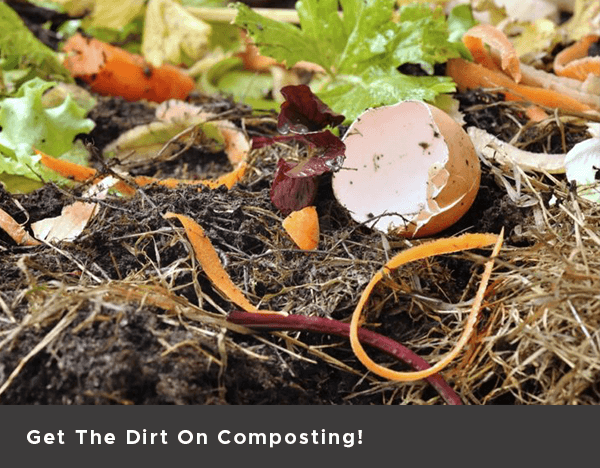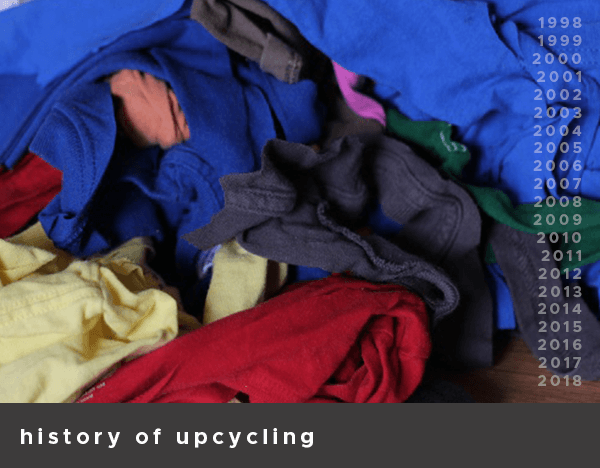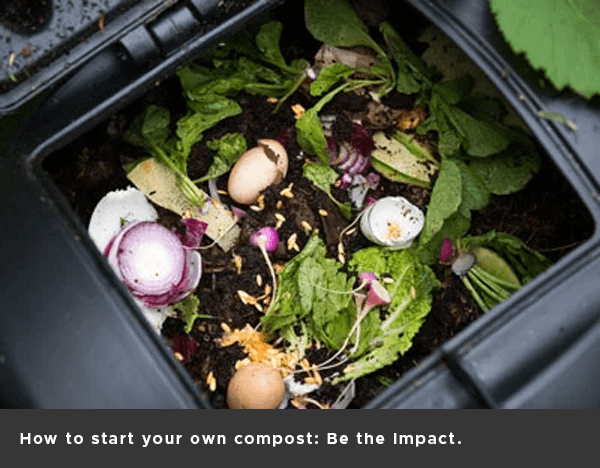
To put things in perspective, there is a garbage patch in the middle of the Pacific Ocean that is estimated to be anywhere from 700,000 square kilometers (approximately the size of Texas) to 15,000,000 square kilometers (about 1.5 times the size of the United States). Although the “Great Pacific Garbage Patch” is the largest of its kind, it is not the only one, and all of these ocean garbage patches are made up of mostly plastics.

While it goes without saying that taking action to reduce plastic waste by creating such habits as using a reusable water bottle rather than buying bottled water is necessary, recycling plastics is a much better option than having them end up in our oceans, waterways and landfills. In addition, it takes ⅔ less energy to make products from recycled plastic than from virgin materials. While the United States has a relatively low rate of recycling, the energy savings from U.S. recycling currently tallies up to the equivalent of removing 39.6 million cars from the road--- Recycling is huge, and does have the potential to create crucial impact.
When you make the choice to recycle, what is the process of recycling plastic bottles?
1. Plastic bottles are either picked up by a recycling service, or you drop them off at your local recycling facility.
2. Depending on your recycling facility, plastic bottles will either be pre-sorted from aluminum, glass, etc. or be sorted through the facility’s system of Single Stream Recycling.
3. Plastics are numbered. These different numbed types of plastics cannot be recycled together and some facilities cannot recycle certain plastics. Plastic #1, the PET from common plastic bottles, is the most commonly recycled plastic.
4. Plastic bottles are ground up into chips and flakes, and then washed to clean off any remaining labels and residue (by the way, giving your recycling a quick rinse is incredibly helpful to recycling facilities and reduces the likelihood and them having to ditch an entire batch due to too much contamination).
5. The chips and flakes are dried, melted, and formed into pellets, which are used to create new products, such as Recover’s eco friendly clothing.
The process of recycling plastic bottles keeps plastic out of our backyards, our landfills, our waterways, and our oceans, where they cause contamination and it can take them anywhere from 450 to 1000 years to degrade. Through the process of recycling, plastic bottles are renewed with potential instead of being discarded as waste.
